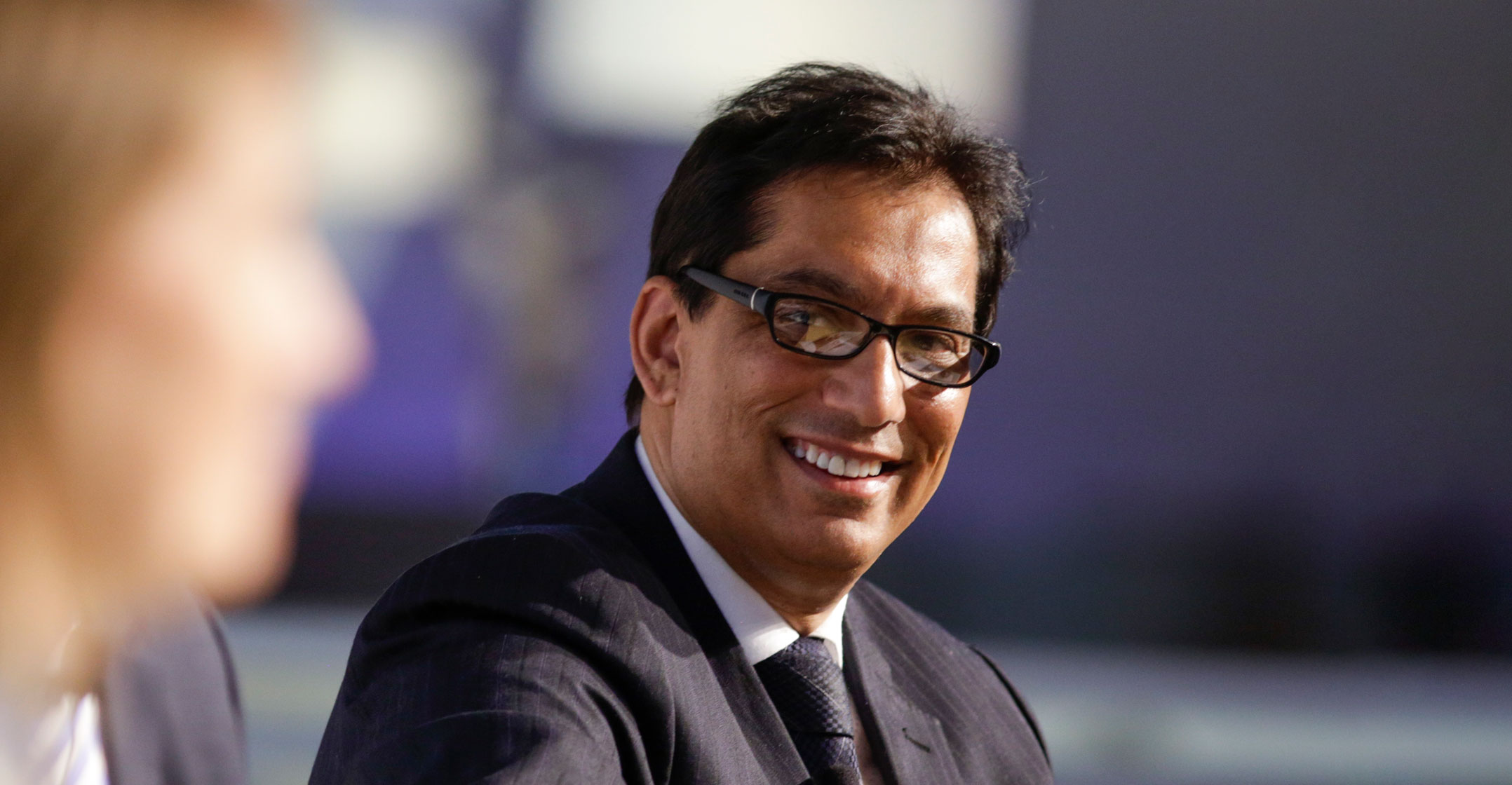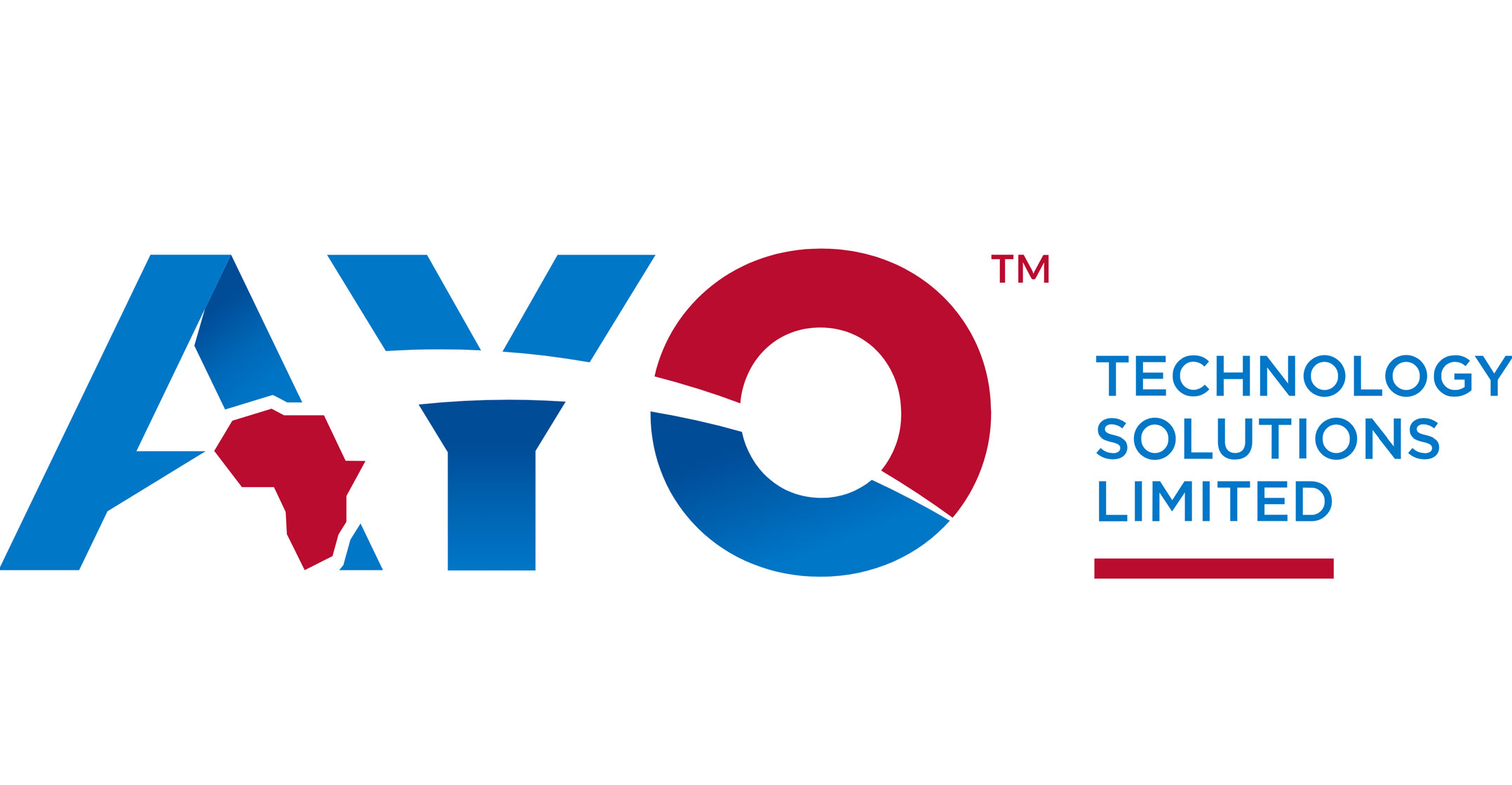“Stretched”, “thumb-suck” and “manipulation” were among the words used at the judicial commission of inquiry into the Public Investment Corp (PIC) to describe the informal pre-listing valuation carried out by Ayo Technology Solutions executives, which set the tone for how much the company was eventually valued at.
Ayo chief investment officer Malick Salie described on Tuesday how, in the build-up to finalising the pre-listing statement, there were multiple upward revisions to the company’s valuation — from an initial estimated value of R2.3-billion to an expected value range of between R10-billion and R15-billion — at Independent media owner Iqbal Survé’s behest.
Survé had told the PIC that he was “not involved in the Ayo listing”. However, Salie told the commission that the Ayo team “had various interactions and meetings with Survé, who set the tone for the (pre-listing statement) and provided his expectation of the valuation of Ayo”.
Salie formed part of the African Equity Empowerment Investments (AEEI) team tasked with taking Ayo public. AEEI was Ayo’s parent company and subsequently reduced its shareholding to 49% after the company’s listing on the JSE.
Salie told the commission that he had initially valued Ayo at R2.3-billion. This, he said, was based on Ayo’s business and a 30% earnings transfer from British Telecom South Africa, a company in which AEEI had a stake and had planned to transfer to Ayo upon listing.
The valuation was then revised upwards to R5-billion after additional information regarding BT SA’s clients and customers, which would be acquired by Ayo, was incorporated into the Ayo valuation model.
‘Desired value’
At a meeting with Survé in July 2017, where the draft pre-listing statement with a R5-billion valuation was discussed and reviewed, Salie said: “Survé was of the view that the desired value of Ayo be set between R10-billion and R15-billion.”
He said that at the meeting “Survé’s recommendations were incorporated in the draft (pre-listing statement) with a valuation of R13-billion”.
“It appears to me that this is a juggling of figures and the end result is a thumb-suck,” remarked evidence leader advocate Jannie Lubbe. Salie said that, at that stage, it was.
Assistant commissioner Gill Marcus said it appeared to her that the only verifiable and real valuation was the R2.3-billion whereas beyond that there are “extrapolations of what might be and what could be”.
“Numbers are then manipulated to say that to reach that target this would then have to happen but they were not real,” said Marcus. Salie said it was “100% correct” in the build-up phase.
According to Salie, Survé met with AEEI’s management and executives in August 2017 to inform them of considerations when valuing Ayo based on the trajectory of the ICT market. Salie said that while he was not part of the meeting, he received an e-mail from AEEI financial manager Njabulo Jiki stating that Survé’s valuation expectation for Ayo was R20-billion.
Jiki, who was at the meeting, said the key takeaway was that “R10-billion would be bronze” and anything below R10-billion “dismal”.
Ayo’s final valuation amounted to R14.7-billion at R43/share, with the final model signed off by Grant Thornton auditors.
The PIC subscribed to a 29% stake in Ayo, paying a contentious R4.3-billion in government pensioners’ money. On Tuesday Ayo was trading at R10.99.
Former Ayo chief investment officer Siphiwe Nodwele said in April that Ayo’s valuation was inflated and that, according to his calculations, the company was valued at 5% of the final valuation, which is between R700-million and R1-billion.
“There has been so much talk about this valuation and I have been curious to see how it has been developed and it’s becoming clearer and clearer that things are being stretched a bit here,” said commission assistant Emmanuel Lediga.
Salie resigned from the board of Ayo at the beginning of May. He told the commission that he was not comfortable in the current environment given the “pressures and governance issues that have arisen”.
- This article was originally published on Moneyweb and is used here with permission



 Assistant commissioner Gill Marcus said it appeared to her that the only verifiable and real valuation was the R2.3-billion whereas beyond that there are “extrapolations of what might be and what could be”.
Assistant commissioner Gill Marcus said it appeared to her that the only verifiable and real valuation was the R2.3-billion whereas beyond that there are “extrapolations of what might be and what could be”.